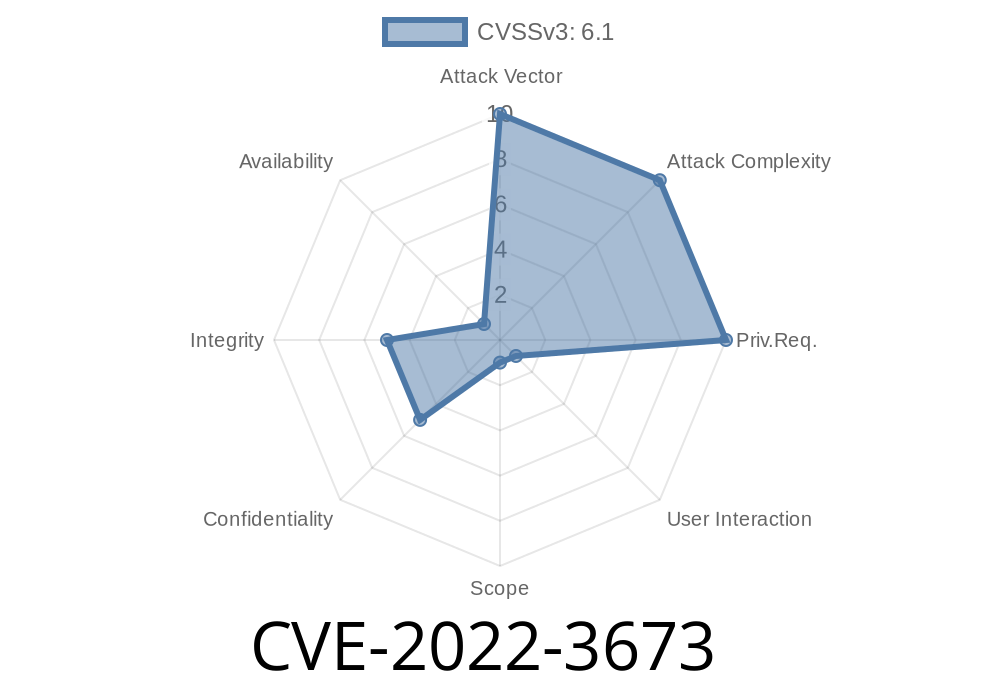Background
A worrisome vulnerability has been found in the SourceCodester Sanitization Management System (SMS) version 1., and it needs to be addressed immediately. The vulnerability, classified as problematic, targets an unknown function within the /php-sms/classes/Master.php file. The real danger lies in the manipulation of the 'message' argument which results in cross-site scripting (XSS), allowing a remote attacker to initiate the exploit. The vulnerability is identified under VDB-212016.
Exploit Details
The critical aspect of this vulnerability is the lack of proper input validation in the 'message' argument within the affected function. This oversight allows an attacker to inject malicious scripts into the user's browser session. Once executed, these malicious scripts can disclose sensitive user information, compromise the user's session, or even force the user to perform unintended actions on the application – all without the user's knowledge.
Here's a code snippet illustrating the potential vulnerability
<?php
class Master {
public function __construct() {
// ...
}
public function problematicFunction($message) {
// ...
echo "<div class='msg-container'>";
echo "<div class='msg'>{$message}</div>";
echo "</div>";
// ...
}
}
As you can see, the problematic function directly outputs the 'message' argument without any sanitization or encoding. This code opening the door for the attacker to insert an XSS payload, like this:
<script>alert('XSS')</script>
If the user submits this payload into any field connected with the problematic function, the browser will execute the injected JavaScript code. The potential consequences are data theft, account takeover, unauthorized actions, or lateral movement in the application.
How to Protect Your System
To mitigate the potential risk of this vulnerability, it is essential to validate and sanitize all user inputs systematically. This can be achieved through adequate escape methods such as 'htmlspecialchars()' and using content security policies (CSP).
Implementing a server-side solution to combat XSS attacks is also a good practice like enabling 'X-XSS-Protection' headers.
For a quick fix, modify the code as follows
<?php
class Master {
public function __construct() {
// ...
}
public function secureFunction($message) {
$sanitizedMessage = htmlspecialchars($message, ENT_QUOTES, 'UTF-8');
// ...
echo "<div class='msg-container'>";
echo "<div class='msg'>{$sanitizedMessage}</div>";
echo "</div>";
// ...
}
}
Essential References:
1. Original advisory from VulnDB: https://vuldb.com/?id.212016
2. SourceCodester: https://www.sourcecodester.com/
3. OWASP XSS Prevention Cheat Sheet: https://cheatsheetseries.owasp.org/cheatsheets/Cross_Site_Scripting_Prevention_Cheat_Sheet.html
Conclusion
The discovery of this vulnerability in SourceCodester Sanitization Management System (SMS) 1. is a clear indication that the application's security must not be taken lightly. By following the prevention steps and implementing secure coding practices, developers can minimize the risk of similar attacks and ensure the proper functioning of their applications.
Timeline
Published on: 10/26/2022 17:15:00 UTC
Last modified on: 10/28/2022 17:45:00 UTC
